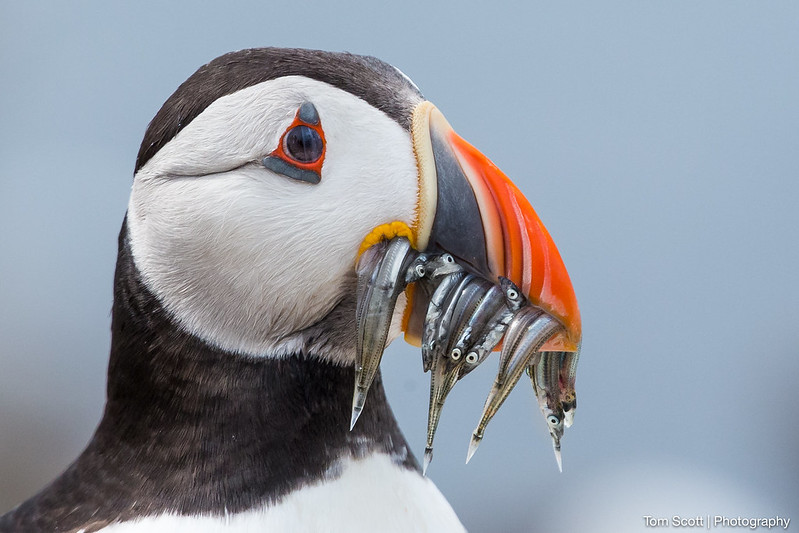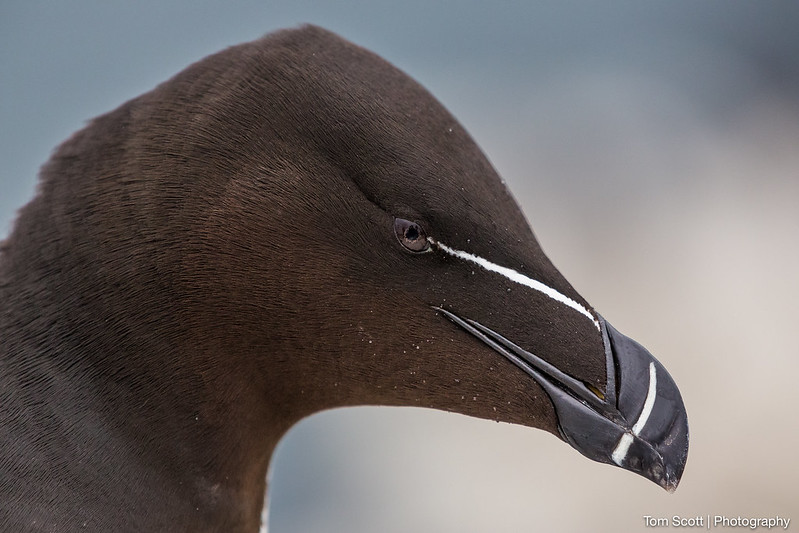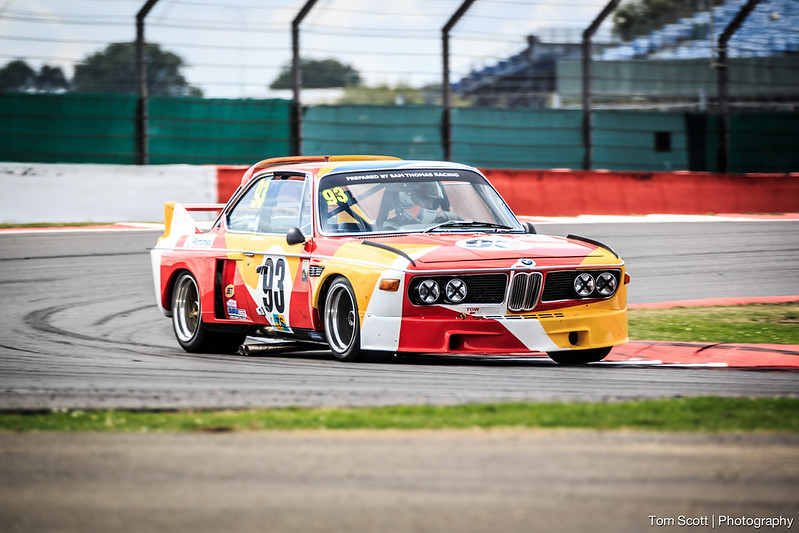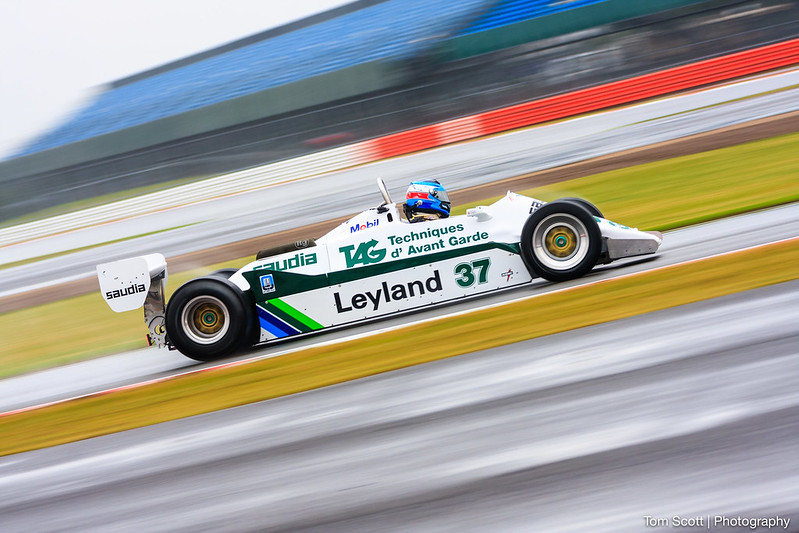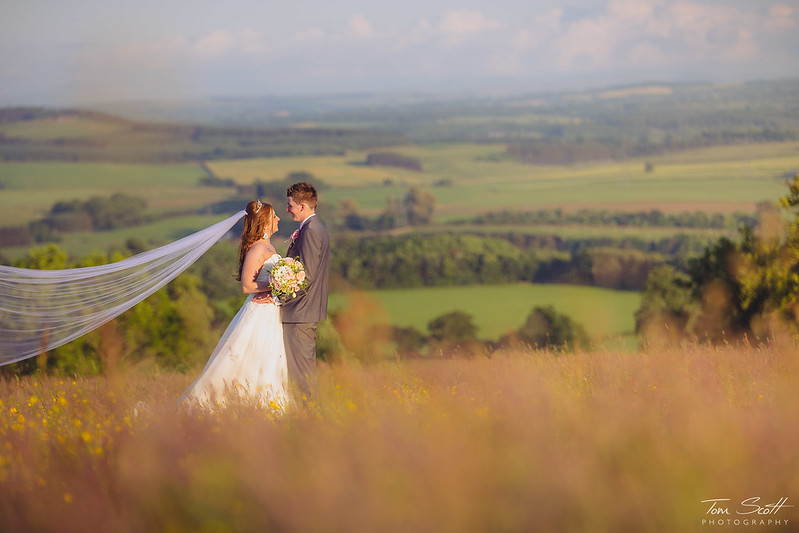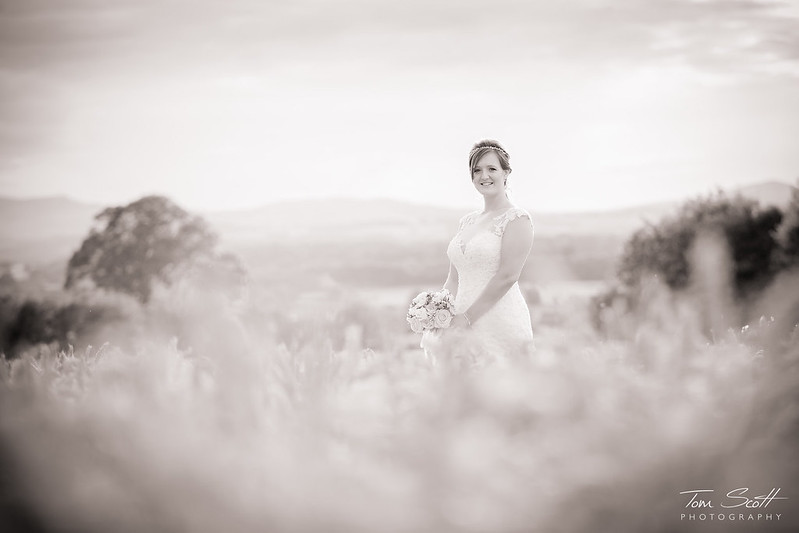Yikes, what a minefield.
@SkynetTX - I don't think most people would call a 100-400 a superzoom. Most people consider superzoom lenses as ones that cover from wide angle to telephoto; even an 18-200mm would be more superzoom than 100-400.
To say that superzooms (in the context of wide to tele) make no sense is just inviting controversy. To say that the 100-400 makes no sense is just nuts, because the Canon 100-400L II is my favorite zoom lens, full stop, and I own the 70-200/2.8L IS II (which is an amazing lens).
@kat.hayes - I think that a lot of people missed your comment, "if I do not need focal lengths less than 100".
If you don't need a focal length < 100, the main reason to get a 70-200 would be to get f/2.8 -- that's assuming you want 2.8. But IMO, for portraiture, you may wish to consider a prime 2.8, like 100 or 135. A 100/2.8L IS has the added capability of macro and it's a whole lot lighter and cheaper than a 70-200/2.8L IS II.
If you don't need 2.8 consider the 70-200 f/4 IS, because it weighs a LOT less and is a lot cheaper. But it also has a much worse resell ratio, should you wish to upgrade in the future, because 70-200/2.8 is where the money's at.
If you want > 200mm -- though I'm not sure why you'd want more than 200mm for portraiture, the 100-400 is an amazing lens in just about every way you can imagine. It also has an very short MFD, meaning you can get within about 3 feet of your subject and photograph it at 100mm-400mm, which can let you take pictures of things like bugs. Back to portraiture, if you are close to your subject, you'll isolate it (blur the background). So even though you don't have 2.8, you can still get nice bokeh out of a 100-400L II. This is not the case with some other 100-400's, though.
One thing to keep in mind, though: 70-100mm covers a very useful focal range for portraiture. If I had to pick one portrait FL and was only allowed 1 FL, I would pick 85mm, but that's just personal preference.
And of course, you need to consider, what do you want to photograph in the focal range between 200-400? Why buy a $2,000 lens to get that top end of zoom, if you don't want to photograph anything in the top 50% of the tele end?
With regards to SkyNetTX's breakdown, although it generically makes sense, I disagree with the traditional "you need the trinity zoom" thing, because good glass in each of those categories -- just for zooms -- will cost an awful lot ($6000+ for 2.8L's), and why go spend all that if you don't really photograph a lot of things in those FLs? Or,to put it another way, it's perfectly legitimate to be really interested in ONLY one type of subject. And it also discounts the use of primes, which I think is just not good advice.
You can get a lot, for example, out of a cheap 50mm/1.8. If that fixes your hole between 24-70 (because you're willing to just move around for the small number of those shots you get), you'll get super sharp images for $100 instead of $2000, and you can always get something else later. Maybe an f/4, or whatever.

